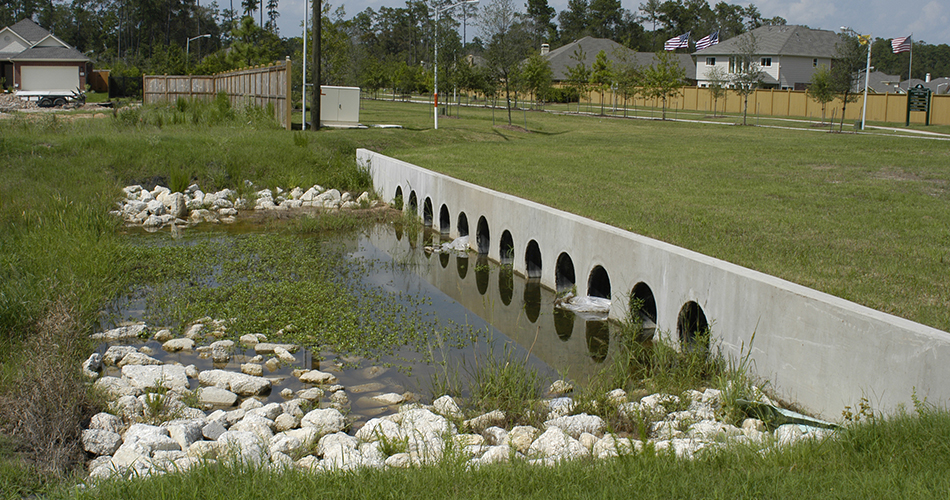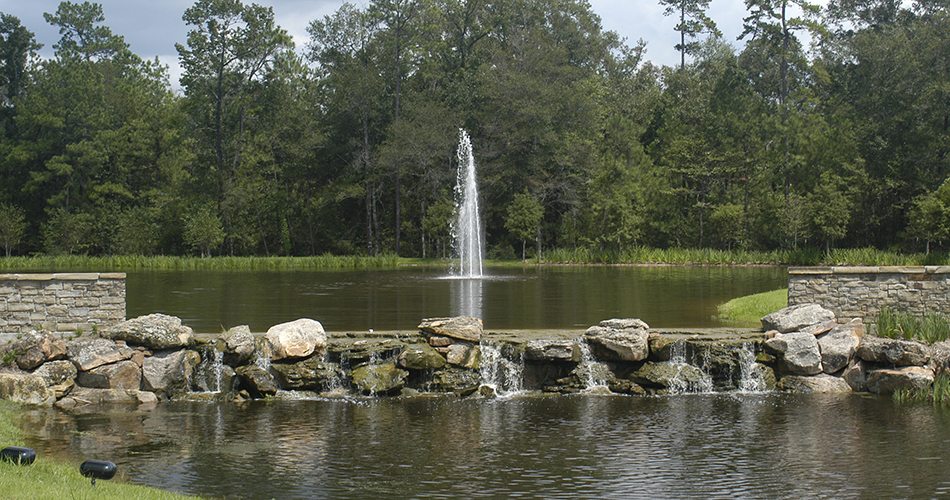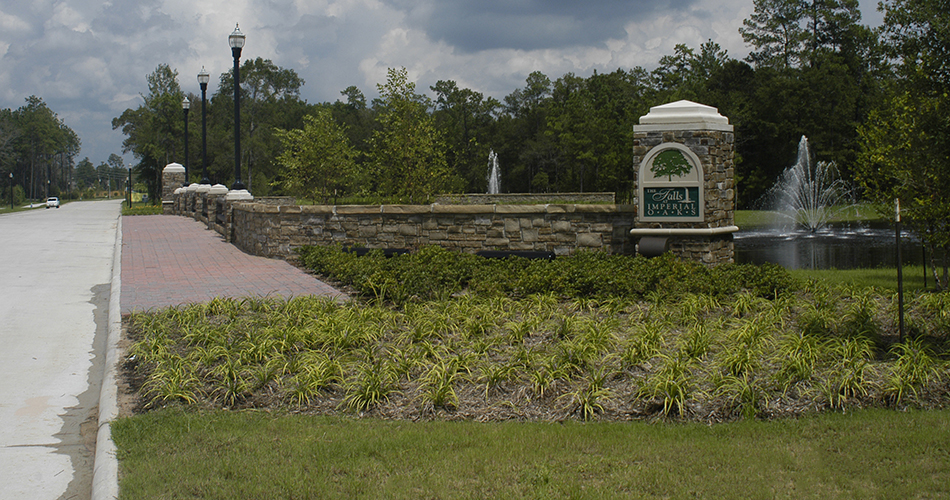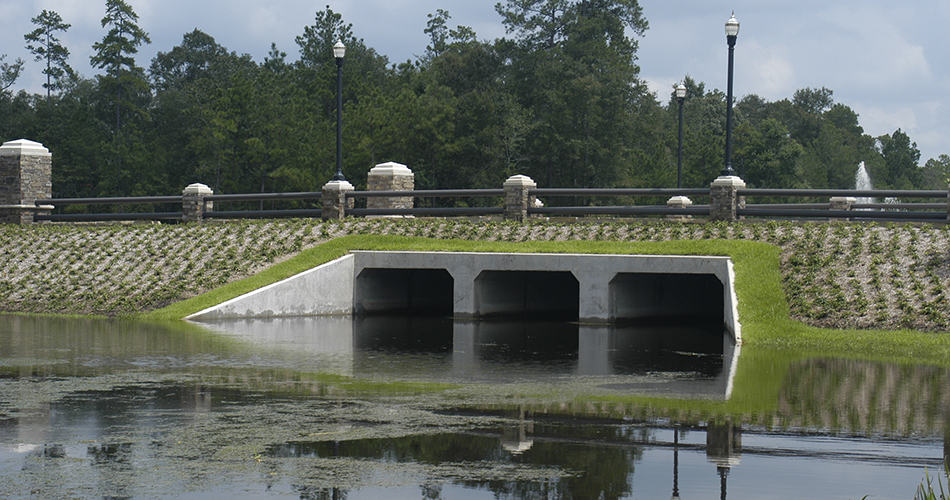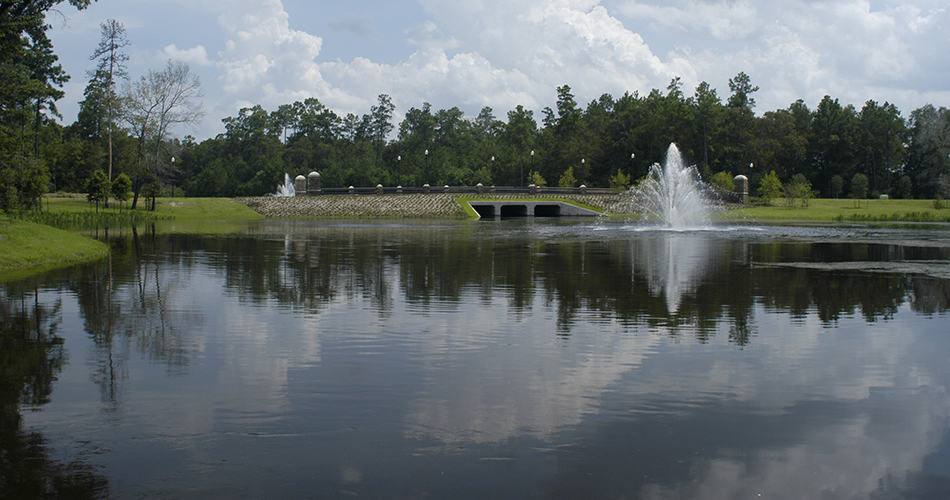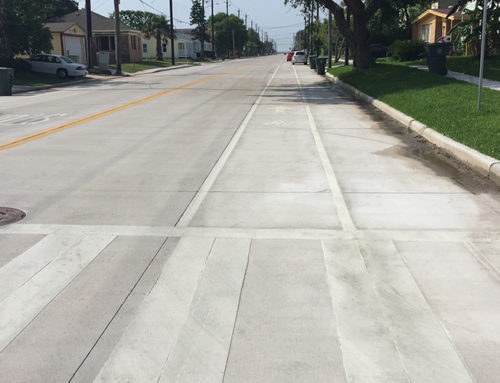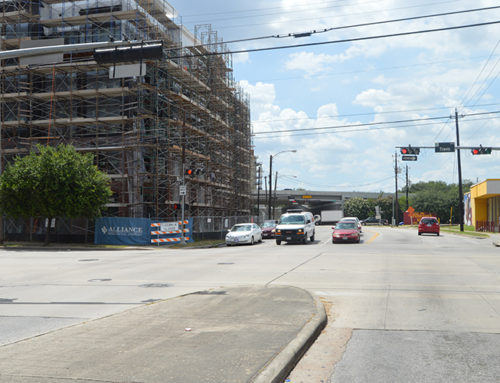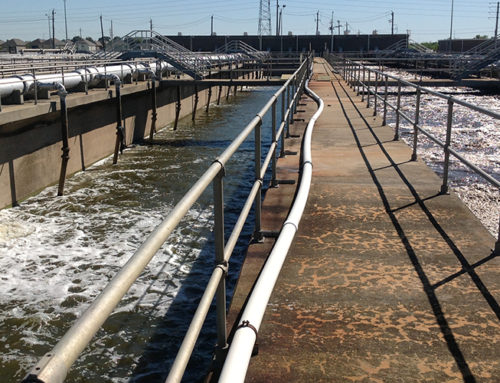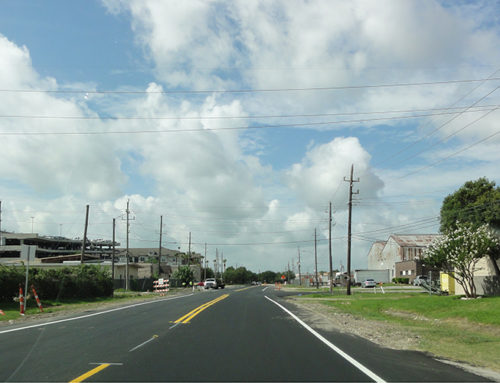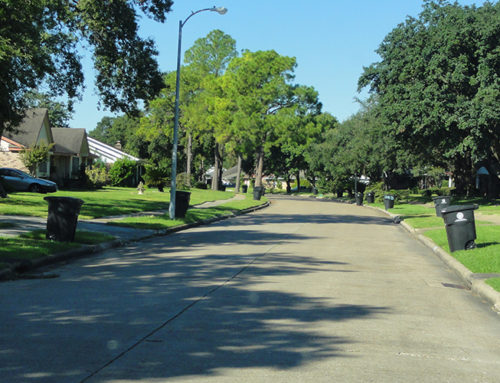Imperial Oaks
Montgomery County, Texas
The Imperial Oaks Subdivision has been one of the most successful master planned communities in the north Houston area. The developer steadily increased the project size by the addition of large undeveloped tracts, and IDS assisted in the acquisition, due diligence, boundary survey resolutions, and utility district creation necessary to serve what became the 2,291-acre master planned community.
We identified the potential for unusually large quantities of wet sand construction during the conceptual design stages for each section; allowing the developer and district to properly budget the projects. Sandy soils and perched water tables required close coordination with geotechnical consultants. Poor natural drainage and numerous wetlands in the area required constant coordination with wetland consultants. Most of the sections were designed to remain wooded lots.
IDS provided construction phase engineering services for Imperial Oaks Park, which was funded primarily through a matching grant in excess of $800,000 from the Texas Parks and Wildlife Department. Imperial Oaks Park surrounds a designated wetland area with concrete sidewalks meandering through the woods. This park has turned out to be a wonderful amenity for the residents and is regularly used for gatherings and wetland education.
One unique aspect of this development is the drainage. The drainage from one of the MUD’s development is conveyed through a series of channels (a total of 2,000 feet) into a detention basin, which consists of old sand pits converted into a detention basin. In order to create detention capacity in the existing sand pits, the existing water surface was lowered and controlled with a constructed outfall. Since the water surface of the existing sand pits was lowered to create detention capacity, the channels that conveyed the developed flows was six to seven feet above the new water surface. This difference created excessive water velocities. In order to reduce or dissipate the water, a baffle drop structure was constructed. The lowered flow velocities reduced the potential for erosion.
In addition to drainage channels, a culvert crossing was built to cross Woodson’s Gully. Woodson’s Gully was a natural v-shaped channel that is three to four feet deep. To convey the daily flow and 100-year flows, two, 10 x 10 reinforced concrete box culverts were built to cross the gully. In addition to crossing the gully, amenity lakes were built next to the crossing. This added additional aesthetic appeal for the Imperial Oaks development.
In 2011, Imperial Oaks was named Houston’s Best Community of the Year by the Greater Houston Builders Association (GHBA).

